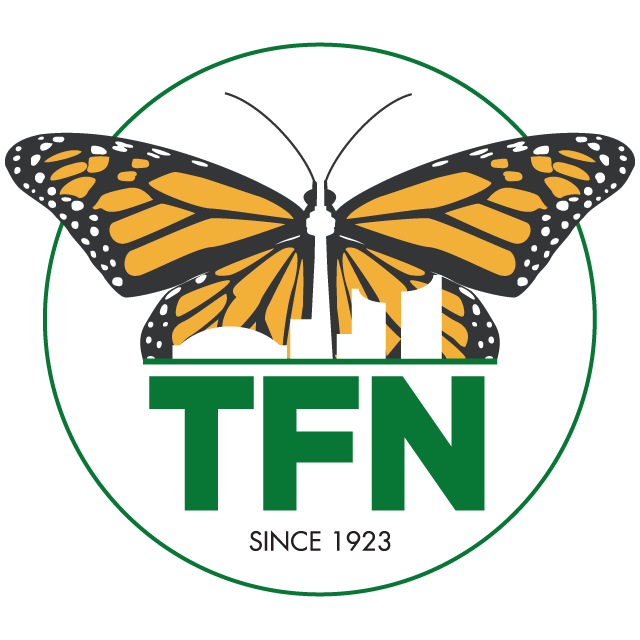Thanks to everyone who made it out to our Humber Arboretum adventure. A special thanks to Nick who introduced us to Étienne Brûlé and described his life among the Huron Peoples. How cool to stand on the banks of the Humber River — the very spot Étienne and the Huron would have passed by in 1608 on their way from Georgian Bay down to Lake Ontario! What fun to see how Étienne dressed, and touch the Beaver pelt he brought along. We learned about the fur trade and the iron axe heads and fish hooks that were traded for furs. We reflected on the fact that we still go into the wilderness to observe animals, but now we count and photograph them to make sure populations are healthy. We learned that Indigenous folks viewed animals as distant relatives.
We also explored some of the secrets of the Carolinian forest, by using a tree key to find the names of the mature deciduous trees that towered above us — American beech, sugar maple, Manitoba maple and bitternut hickory. Some of us searched for the muscular blue beech and the shaggy hop hornbeam. This forest is full of large standing dead trees which provide homes for so many cavity-nesting creatures.
The Arboretum staff tapped two Sugar Maple trees just for us. When we found them, the sap looked frozen. Then we found there was still liquid sap in the bottom of the pails, so we all got a taste of this delicious treat!
Check out the links below to learn more about who you were in the Cavity-nesters game:

